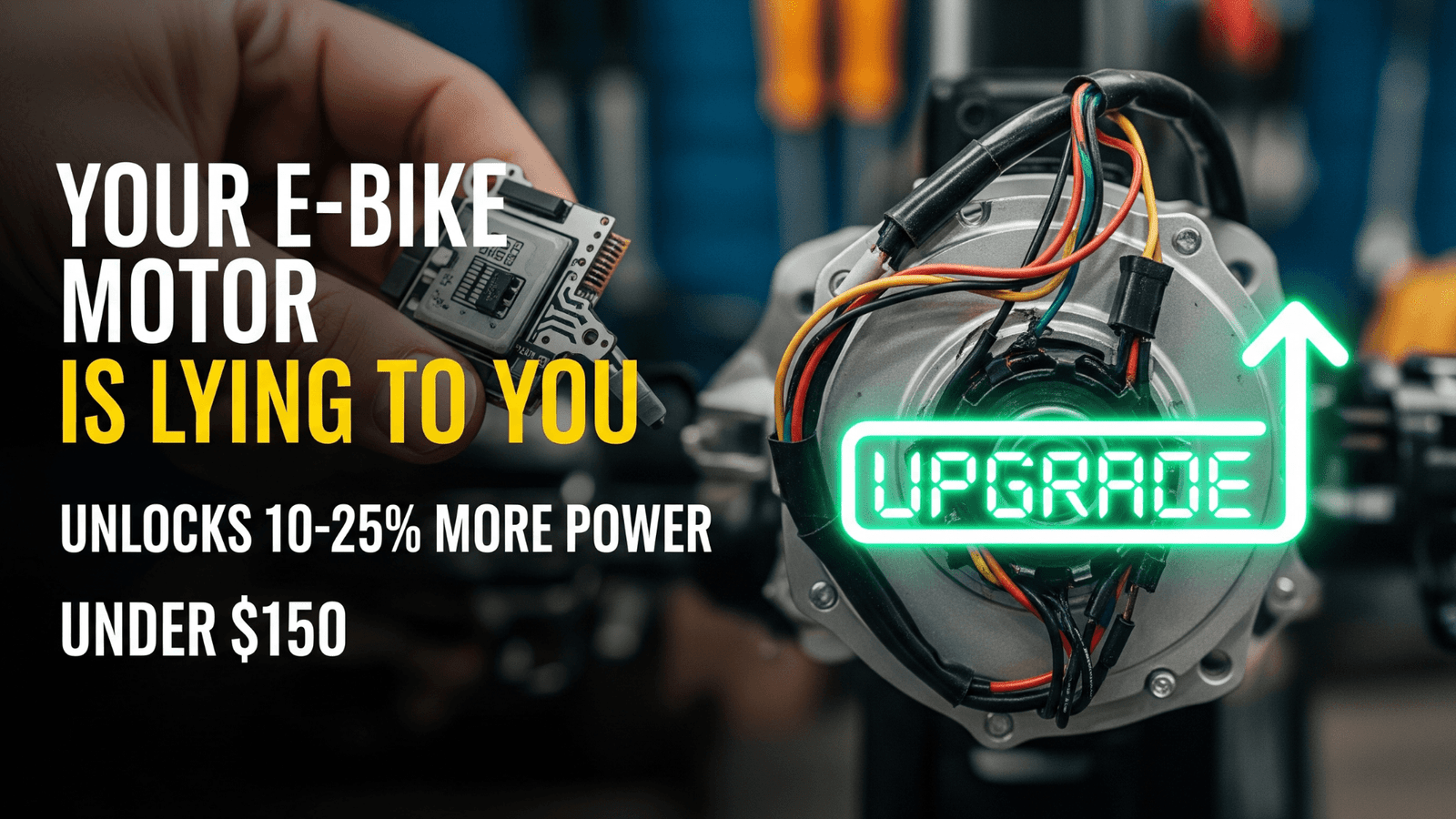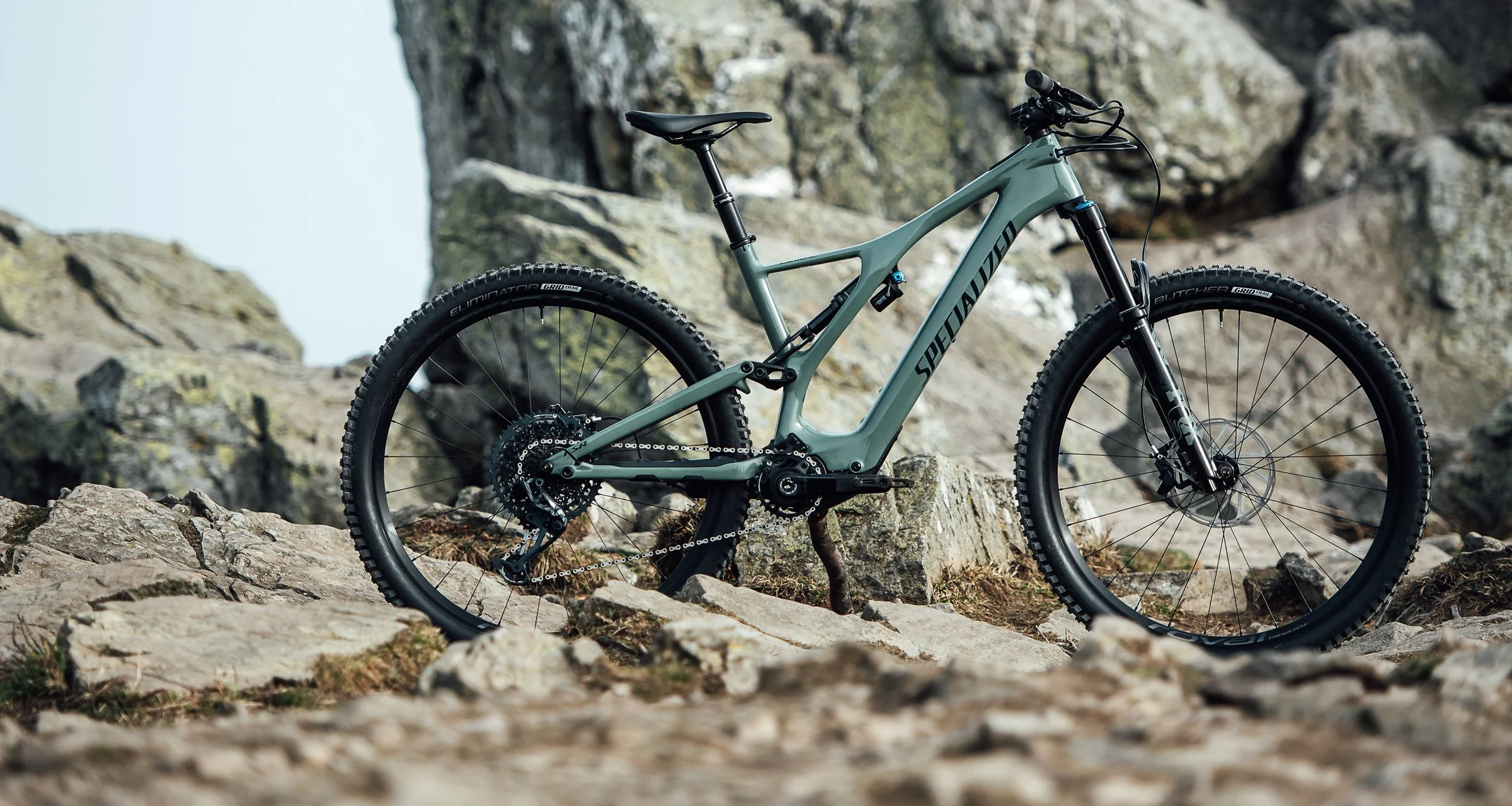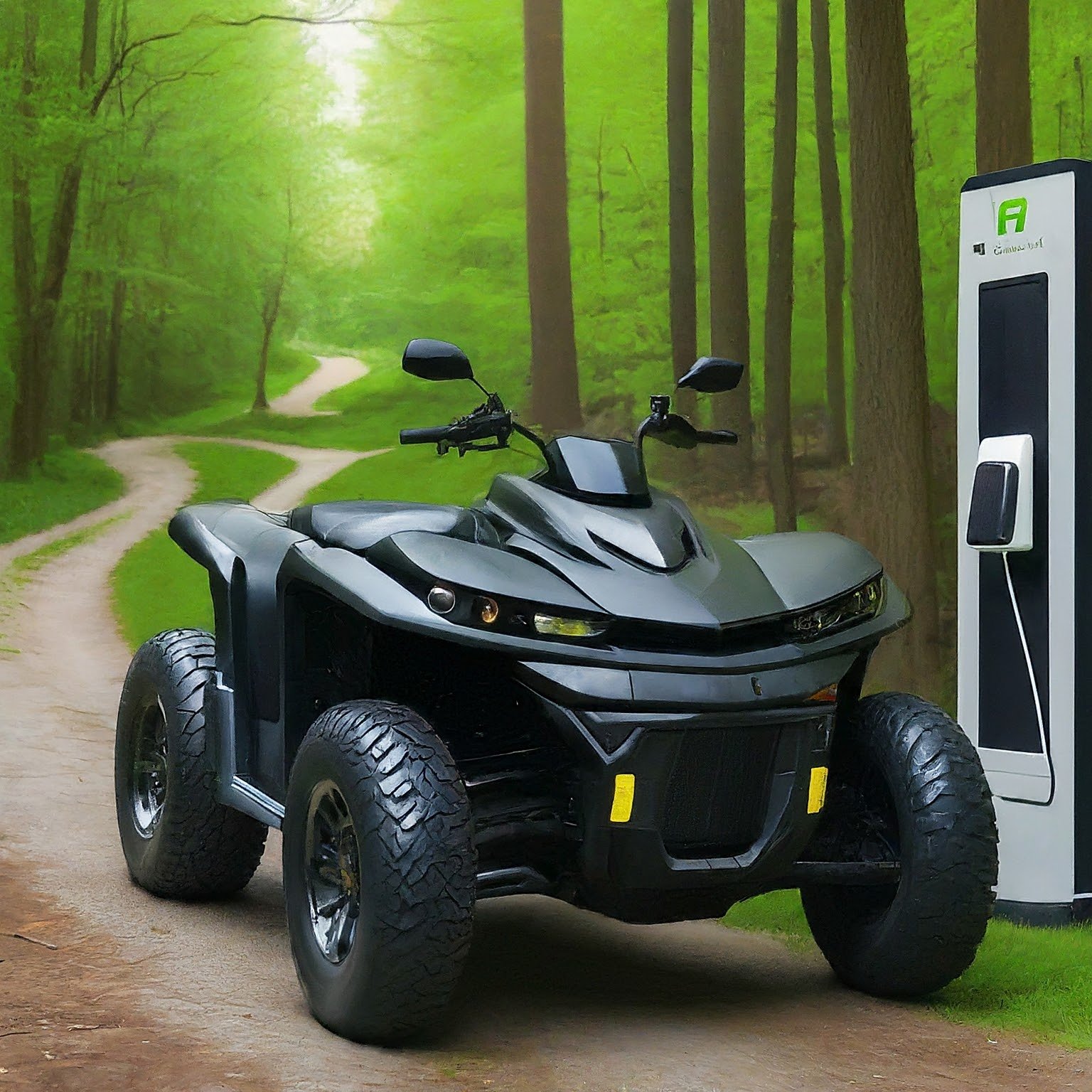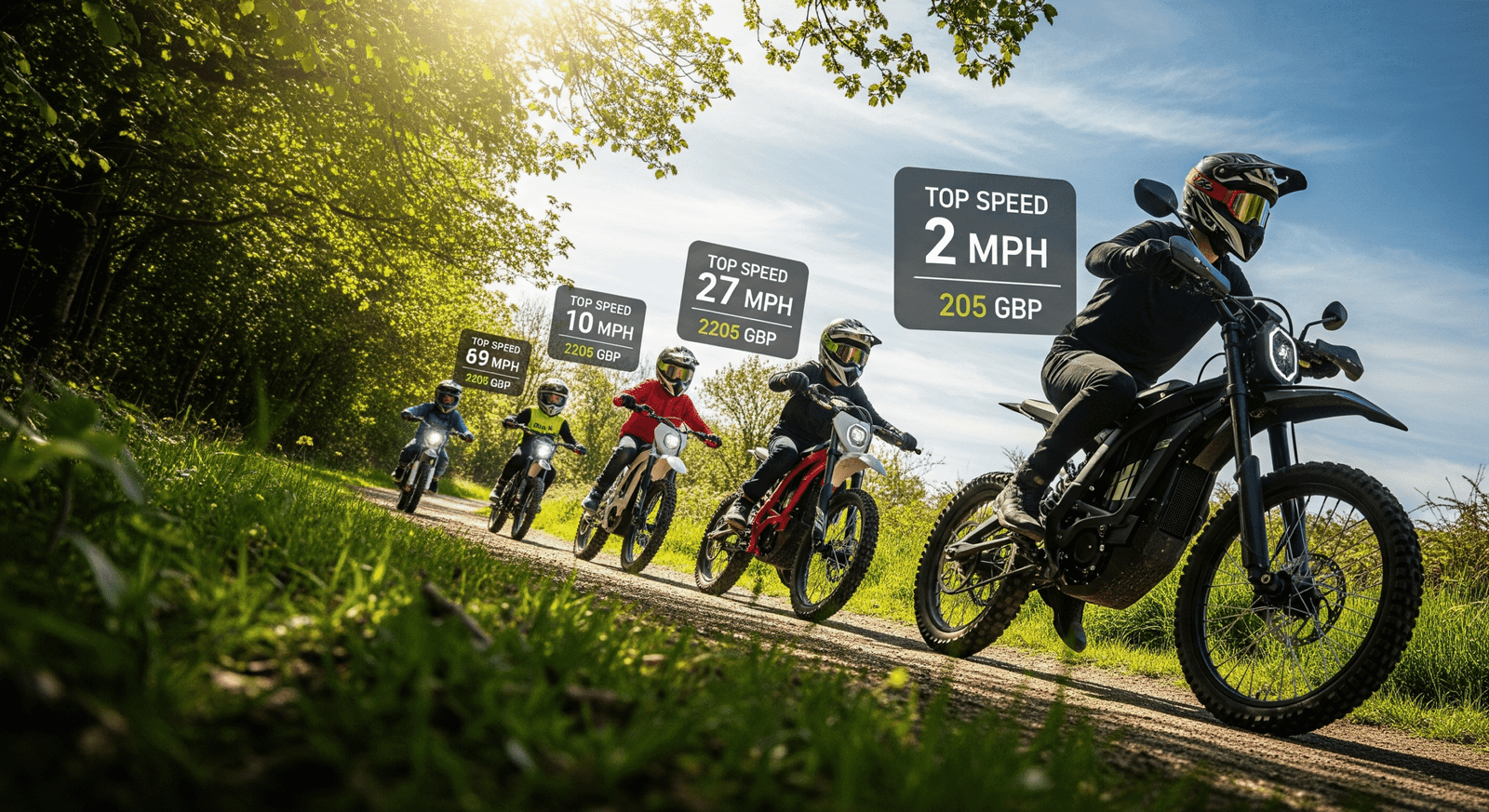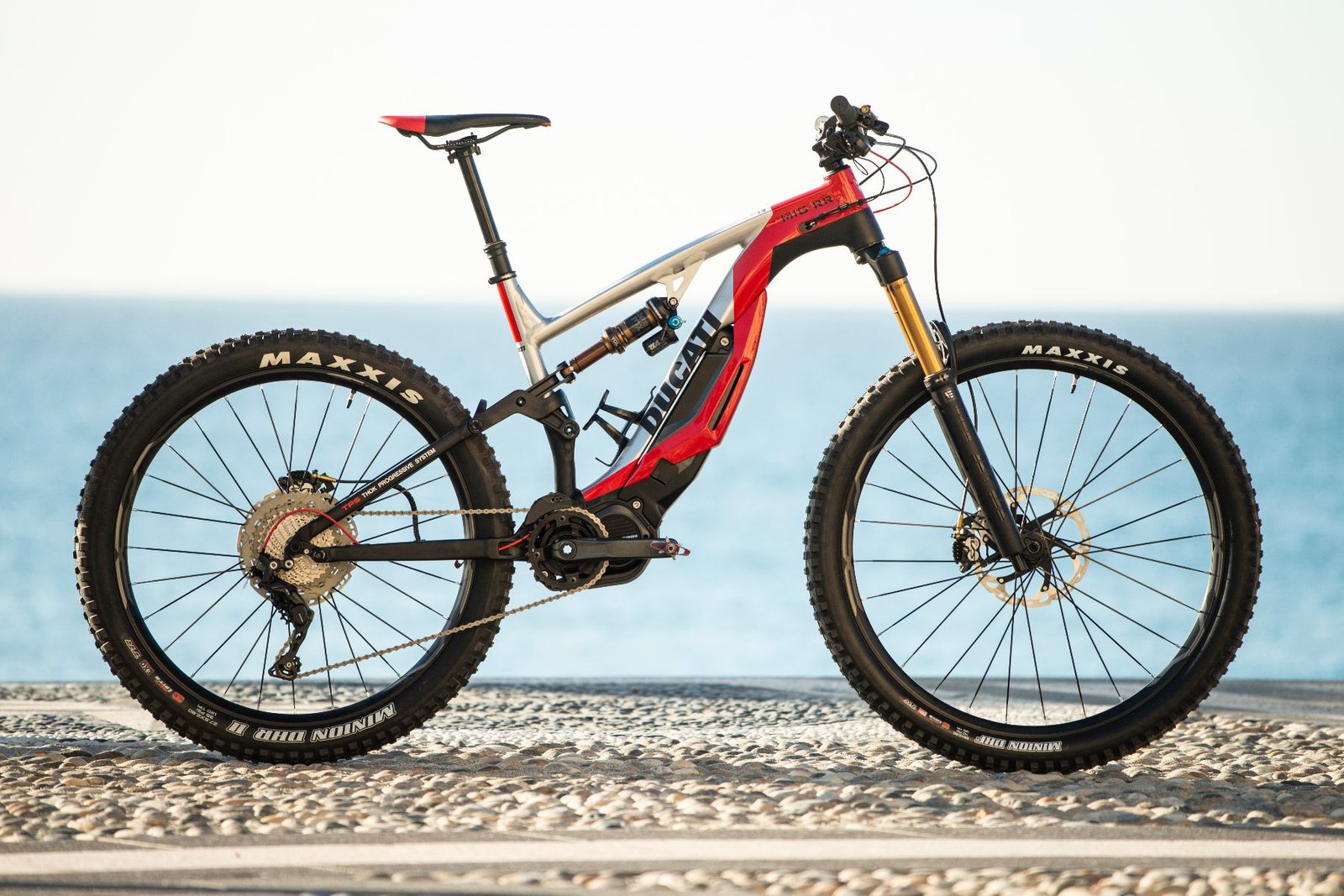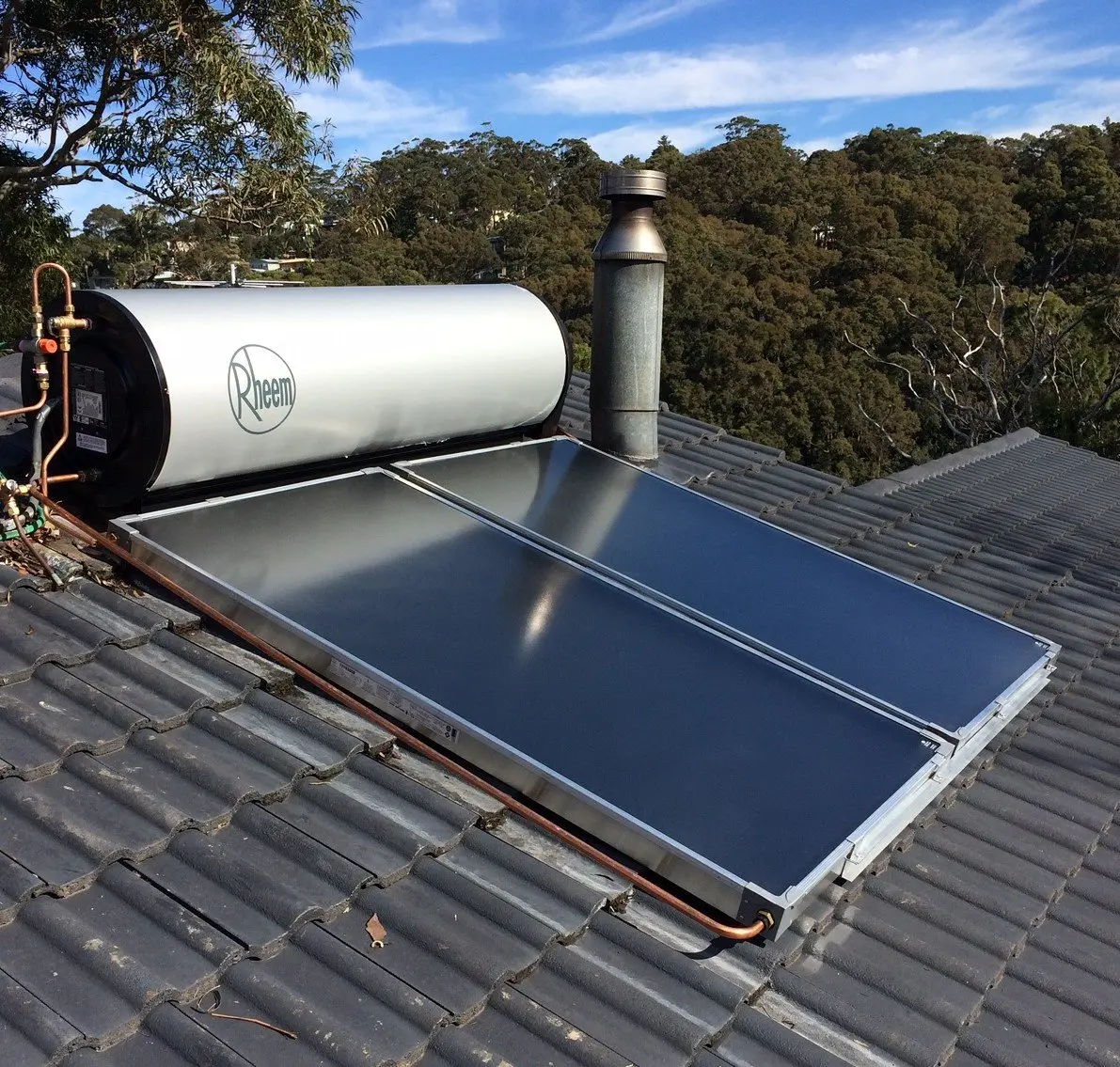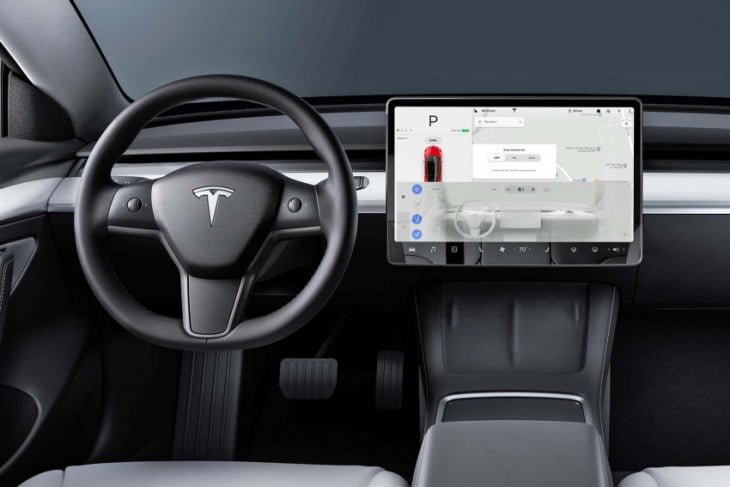My Expert Guidance To Bypassing Artificial Limits While Managing Thermal Risk and Legal Exposure
In my experience, no component on a stock e-bike lies more convincingly than the Controller.
Manufacturers intentionally install a cheap, capped electronic brain to meet strict legal wattage caps (250W/750W). This creates an artificial bottleneck. Your motor is often capable of delivering significantly more power—more torque for hill climbs, and better acceleration off the line—but the controller acts as a harsh gatekeeper.
The good news? This bottleneck is often fixable. This guide will show you how to safely unlock a realistic 10% to 25% performance boost via a controller upgrade or reprogramming hack that can be executed for under $150.
E-Bike Amperage Risk Simulator (48V System)
Use the slider to see the trade-off between power and risk. Data is based on a standard 48V battery.
LEGAL & OPTIMAL RANGE
The crucial warnings below are the difference between a successful performance upgrade and an expensive component burnout.
1. The Bottleneck Demystified: Amps, Watts, and Thermal Limits
To understand the hack, you must understand the two components that govern your power:
| Component | Function | Efficiency (Sine Wave vs. Square Wave) |
| Controller (Current A) | Determines torque and acceleration by setting the Maximum Amperage. | Sine Wave (92–95% efficiency) is quieter and smoother than Square Wave (85–88% efficiency). |
| Battery (Voltage V) | Determines potential top speed (RPM). | The ultimate thermal and current limiter (controlled by the BMS). |
The core hack involves raising the Amperage (Current Limit) via a controller change. Since Power (Watts) = Voltage × Amps, allowing a small increase in Amps unlocks instant power—but only if the battery's BMS allows it. This BMS is the unseen, final limiter.
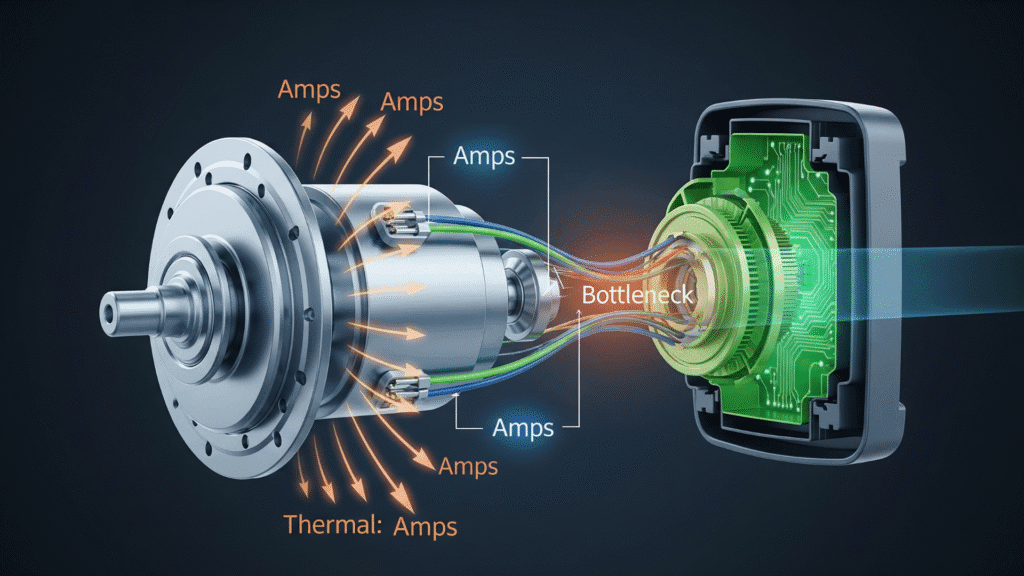
2. The Upgrade Paths: Reprogramming vs. The $150 Swap
Method A: Reprogramming (The Safest Path for Mid-Drives)
If your e-bike uses a popular mid-drive system (like Bafang), you can adjust the current limits and throttle response curves via a USB cable and configuration software.
- Vecharged Warning: While reprogramming is powerful, many proprietary systems require troubleshooting and are not "plug-and-play."
- Realistic Gain: A moderate tweak to the current limits can yield a noticeable 10% to 15% improvement in acceleration and torque.
Method B: The Controller Swap (The Simple Hack)
For many lower-end hub motors, you can replace the stock controller with an aftermarket unit designed for higher amperage.
- Feasibility: Reliable, unbranded Sine Wave Controllers compatible with common 48V systems are available for under $150.
- Crucial Compatibility Check (DO NOT SKIP):
- Voltage (V): Must match your battery exactly (e.g., 48V to 48V).
- Amperage (A): The new controller's continuous current rating must not exceed the maximum discharge rating of your battery’s BMS.
- Connectors: Motor phase and Hall sensor connectors must be identical, or you will risk component failure.
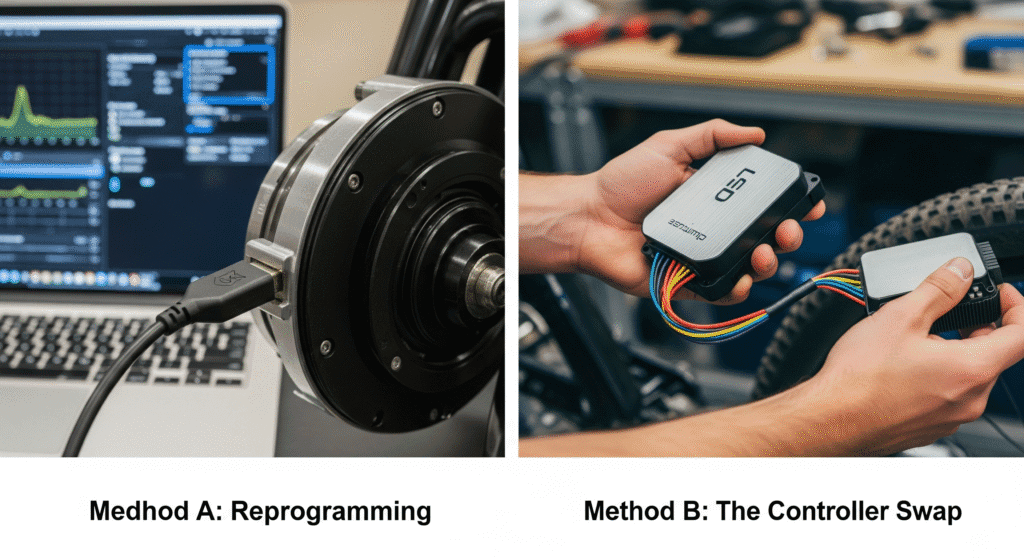
3. The Absolute Warnings: Legality, Fire Risk, and Thermal Exposure
Any modification to amperage or speed is subject to severe legal and thermal risks.
WARNING A: LEGAL RECLASSIFICATION (HIGH RISK)
Any modification that pushes your continuous motor power above 750W (US limit) or increases the speed assistance limit past 20/28 mph immediately reclassifies your e-bike as a motor vehicle.
- The Consequence (Example: California AB 1774): Laws like California's AB 1774 explicitly ban the sale of speed modification kits. If your modified bike is stopped, it may require registration, insurance, and a driver’s license, and violations are treated as a criminal offense
WARNING B: THERMAL AND BATTERY FAILURE (CRITICAL RISK)
Overloading the controller stresses the entire electrical chain, especially the battery.
| Component | Vecharged Safe Operating Zone | Thermal Failure Sequence |
| Motor & Controller Casing | Stay Below 80°C (176°F) Casing Temp. | 1. Hall Sensors fail (cutting power). 2. Motor Windings burn (costly failure). |
| Battery Optimal Range | 17–23°C (63–73°F) | Performance degrades rapidly above 40°C (104°F). Never charge below freezing. |
The Mandatory Thermal Mandate: Monitor your motor casing temperature. If it is too hot to comfortably touch after a sustained hill climb, immediately reduce the current limit.
Advanced Battery Chemistry Context
When choosing a battery for high performance, chemistry matters:
- LiFePO4 (LFP): Offers superior safety and cycle life (often 3,000+ cycles). Handles higher peak C-rates (3C+) better than NCM, making it more robust against high-current draw.
- NCM (Nickel Manganese Cobalt): Offers higher energy density (more range for the weight) but is more sensitive to thermal abuse and high C-rate cycling.

The lie is true: Your motor is being restricted. The power is there, waiting to be unlocked.
Use this hack not for illegal speed, but for legal efficiency and torque on hill climbs. Aim for the achievable 10%–25% gain by prioritizing a Sine Wave Controller upgrade, and use that smooth, quiet efficiency for long-term enjoyment.
Knowledge is power, but a multimeter and a temperature app are the tools of survival. Be the smart, responsible rider.
Rahul is a core expert on the Vecharged team. With over 5 years of hands-on experience in e-mobility, embedded engineering, and consumer battery technology, Rahul is dedicated to bringing technical clarity to your most significant clean energy investments.

